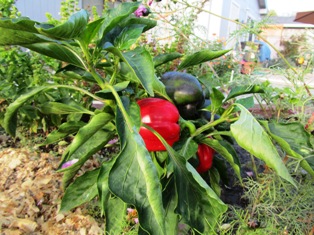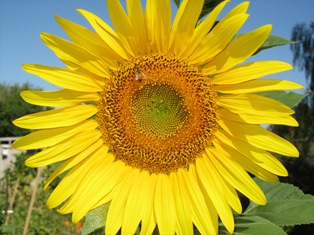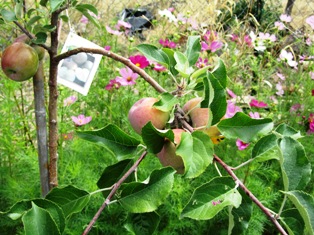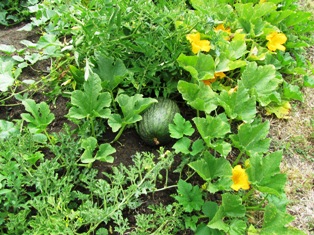Potager Gardens
Growing up on a farm in rural Missouri, I learned early in life that the quality of food is the direct result of the quality of the garden in which the vegetables and fruits are grown. The culinary creations on the table of my childhood tasted best when the vegetables were freshly plucked from my grandmother’s garden.
After college, I moved to Northern California on a ten-acre ranch planted in grapes atop the Santa Cruz Mountains. There, I created a small kitchen garden using French intensive gardening methods. I hoped to have vegetables like we grew in Missouri and was pleasantly surprised when the quantity and size of my California-grown vegetables exceeded those on my grandmother’s Missouri farm.
I fell in love with the idea of potager gardens after reading about the culinary traditions of the French and the abundance of herbs and vegetables, berry vines, fruit trees, and flowers they grew in square and rectangular shapes sectioned off in their gardens. Those French potager gardens were not only functional, but visually stunning, ever-changing, living works of art.
Throughout history, the gardeners of large French châteaux would create elaborate potagers with parterres that gave them a formal aesthetic. Along with tightly-clipped hedges of boxwood, fencing, or stone, the gardens might include ornamental plants and water features such as fountains or stone troughs.
A simple design for a modern country potager in an urban or rural landscape could be laid out as a cross within a square. At its center (in the heart of the garden), one could install a fountain, a piece of statuary, pot of flowers that provide riotous color or fragrance, bird bath, or piece of exotic garden art.
In my garden, we are deviating from a conventional formal design. Working along the perimeter of our rectangular-shaped property, we have laid out double rows. Along the back row, we have planted fruit trees. Along the second row (in front of the back row), we have built boxes (4 feet by 6 feet) leaving the same size of space between the boxes. We have planted berries, flowers, or vegetables in each box; in the spaces between the boxes, we’ve planted fruit trees.
The boxes are basically raised beds in which we can control the soil type. Otherwise, we find it difficult to work the soil here in this inland valley, east of the San Francisco Bay, because it is composed of clay and becomes as hard as concrete in the summer. We’ve found that root crops, such as potatoes, carrots, and turnips are difficult to grow in such compacted, clay soil.
I may not have a spectacular potager of the type you might find on a French country estate, but the organic heirloom vegetables and fruits taste terrific and that is a testament to the quality of the garden, I believe.
Tags: potager garden
 Facebook
Facebook Goodreads
Goodreads LinkedIn
LinkedIn Meera Lester
Meera Lester Twitter
Twitter







